Netflix's One Piece: 9 Big Differences In Season 1 Compared To The Anime
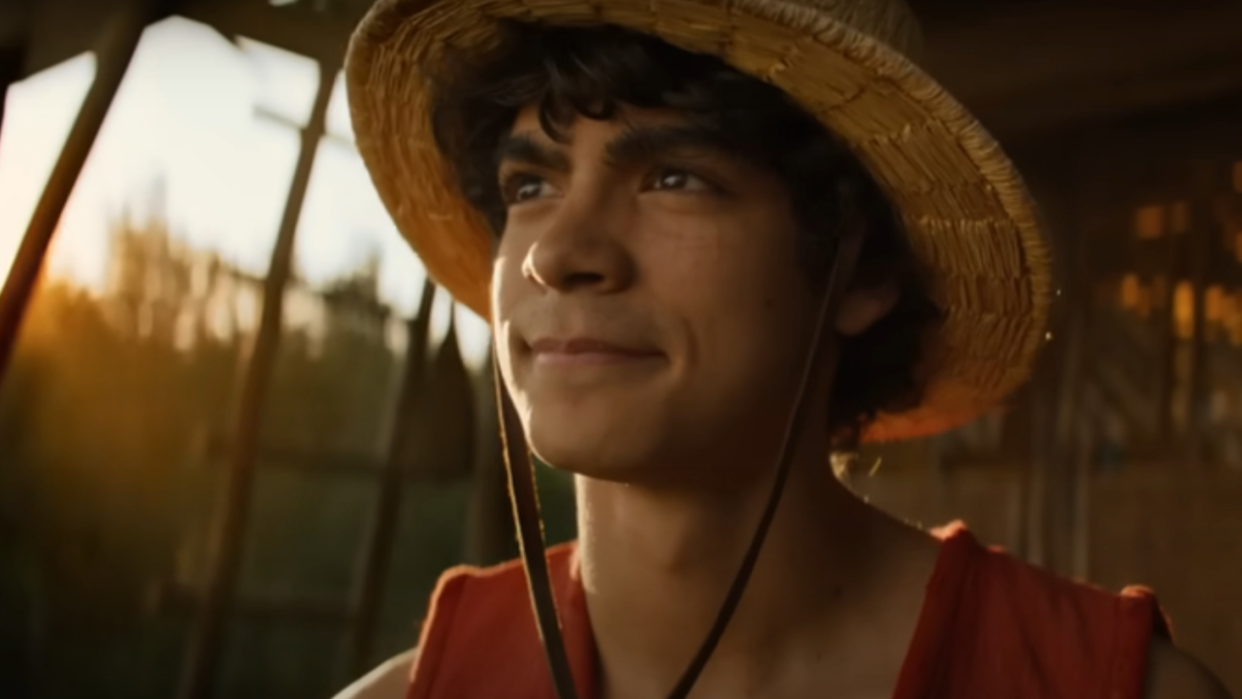
People are loving the One Piece live-action adaptation on Netflix, but with only eight episodes in Season 1, many of those fans have already watched what they can of the new series. Of course, anyone with a Netflix subscription might be aware that the anime is available to stream on the platform as well, though they should be warned before diving in that there are some key differences between the anime and live-action shows.
Whether you're planning to watch the anime or just curious, we have compiled some of the biggest differences between it and the live-action One Piece. There's quite a bit that makes each of these two uniquely stand out amongst each other, though as readers might notice, not so much that the live-action One Piece adaptation is any less enjoyable.
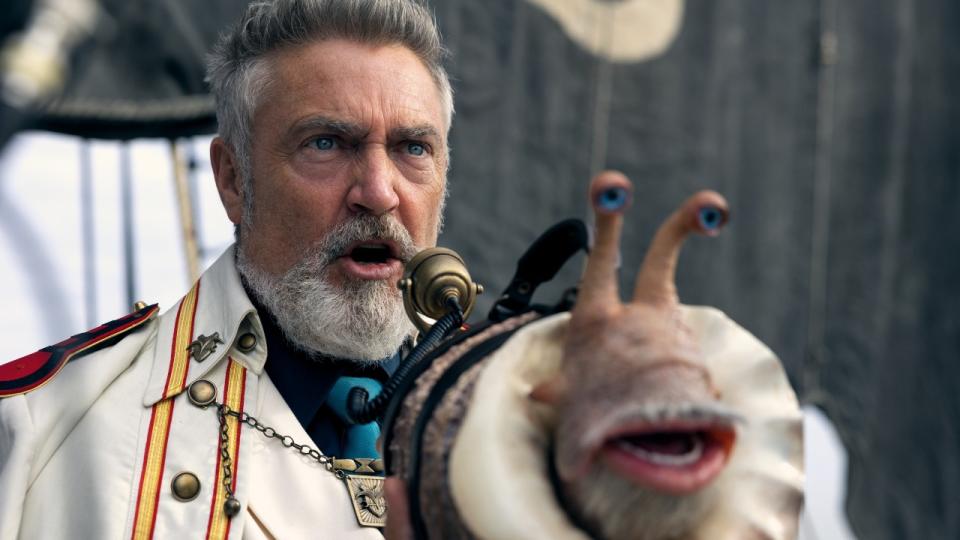
Luffy And Garp's Connection Is Revealed Super Early
To me, the most surprising and shocking change from the anime to the live-action One Piece is how quickly we learn about Garp being Luffy's grandfather. Garp is mentioned and appears in the anime early on, but he is not a central part of the story at all. In fact, we don't even learn about the family connection in the anime until episode 314. The show diving into this dynamic early is appreciated considering most live-action television shows don't reach those episode counts. Here's hoping we'll get more substantial reveals in the live-action adaptation that didn't come out until later in the anime, provided they can be worked in organically.
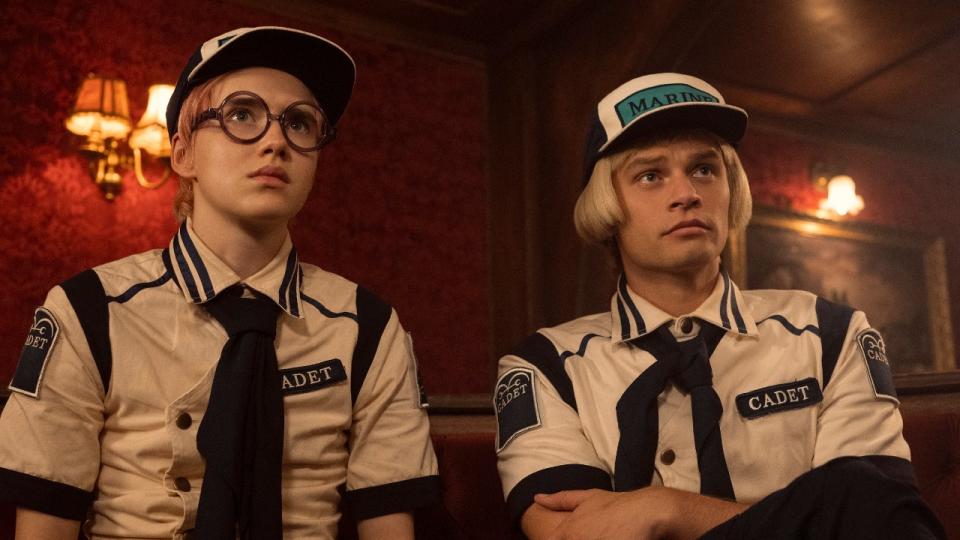
Koby And Helmeppo Getting More Screentime
Kobe and Helmeppo might be the best bromance of One Piece, and you'd think the Netflix series stood on the shoulders of the anime in crafting that. In reality, neither character has a massive presence in the series at the beginning, and we basically don't hear from Koby again for several seasons after he joins the Marines. The same is largely true of Helmeppo as well, so the show is hitting some uncharted territory giving us both of them so soon and so often. In any case I've enjoyed seeing them as central parts of the One Piece cast in Season 1.
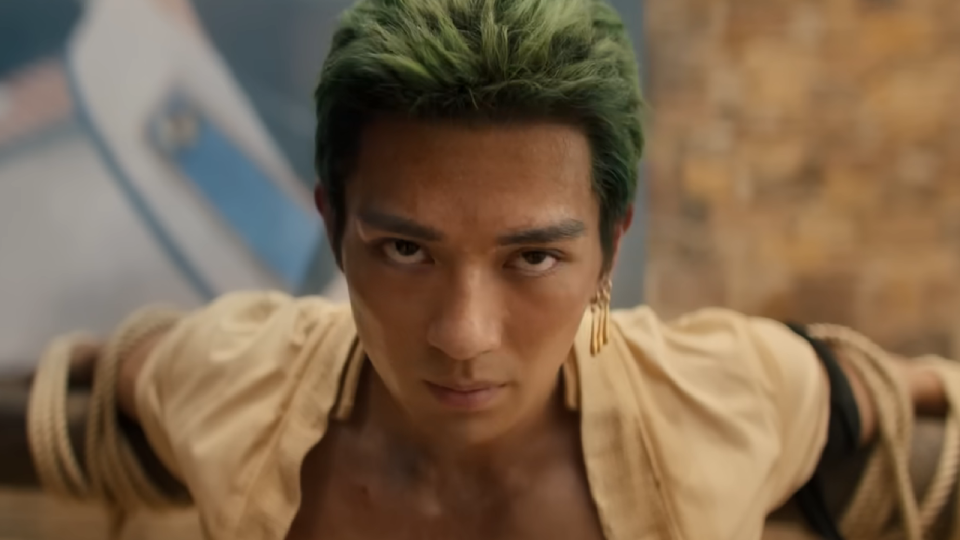
The Introduction Of Baroque Works
It's a relatively minor moment in Netflix's One Piece, but one change I appreciated is the early introduction of the Baroque Works faction. The assassin who Zoro easily dispatched and delivered to Axe Hand Morgan for a bounty is part of a much larger organization of assassins numbered by how deadly they are. Number 7 wasn't much of a challenge for Zoro, but the ones below him that we'd meet in One Piece Season 2 and beyond are far more deadly and will play a much heavier part in the story down the line.

Don Krieg's Storyline
Don Krieg is a problem for Luffy and the crew when they first link up with Sanji in the anime, and it takes a while for the Straw Hats to defeat him. If you don't remember seeing Don Krieg in the live-action version, it's because he only had a brief cameo in which Mihawk made rather quick work of him while taking a call. I can't pretend that nixing Krieg from Season 1 was a tremendous move that had a ton of impact, but it makes for quite the difference between the two projects.
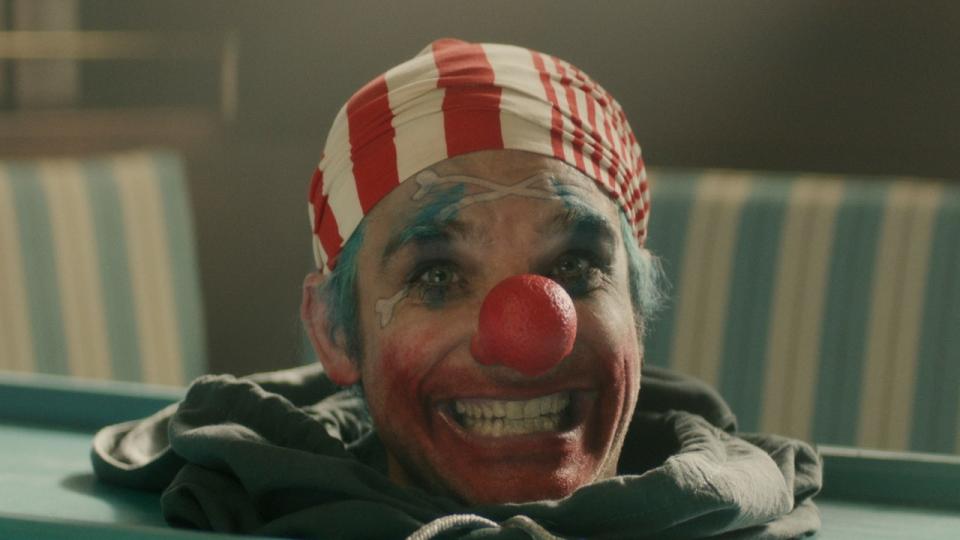
Buggy Is Way More Involved In The Live-Action
Buggy is a big part of One Piece, but it takes a long time for his story to develop over the course of the anime. Outside of his opening appearance, a one-off adventure on an island and eventual alliance with Captain Alvida, he isn't a big factor early on. He is not involved in the Arlong Park arc at all and spends a hot minute in his micro size before recovering his body parts, whereas the live-action show, he's pieced back together by the end of Season 1.
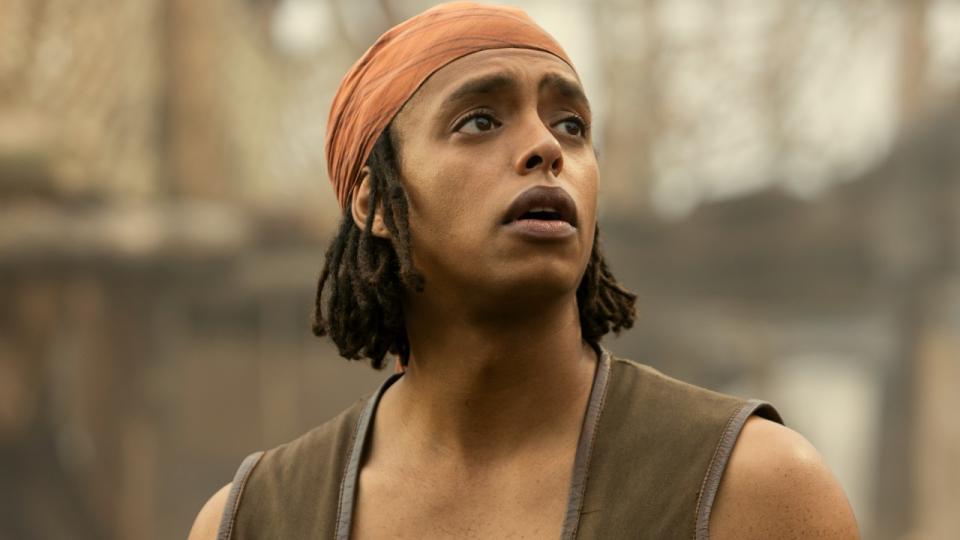
Usopp's Pirate Crew Is Missing
The live-action One Piece included that Usopp considered himself a pirate and frequently told his friend Kaya of his exploits. What the series left out is that Usopp had a crew before he joined up with the Straw Hats, though they weren't much to write home about. His crew consisted of three children, all whom followed his orders, but ultimately proved helpful in keeping Kaya alive when Kuro went after her. Removing their bit of Usopp's origin streamlined the story a lot more, which was likely why they were cut.

Merry Is Killed Off
One of the stranger decisions in the live-action One Piece is the decision to kill off Kaya's family friend Merry. In the anime, Merry survived his injuries from Kuro and went on to help guide Kaya through her affairs as she continued to recover from the long-term poisoning that made her so ill after her parents died. Ultimately, Merry's death is pretty inconsequential since he isn't a major factor in the anime after surviving, but I do wonder why the Netflix series decided to kill him off or even include him at all considering how minor his role is. Is it possibly because the ship is named after him?

Nami's Village Hates Her In The Live-Action
In the One Piece anime, Nami's village hating her was more or less an act. They knew that she was collecting ransom money and loot in order to free the village, so the inhabitants put on the hateful act in order to better sell it to Arlong. This is not the case in the live-action series, where the village is seemingly unaware of what Nami is trying to do, nor would they give her time to explain it. It's a subtle difference, but one that I think adds a bit more to the story on the anime side than the live-action version.
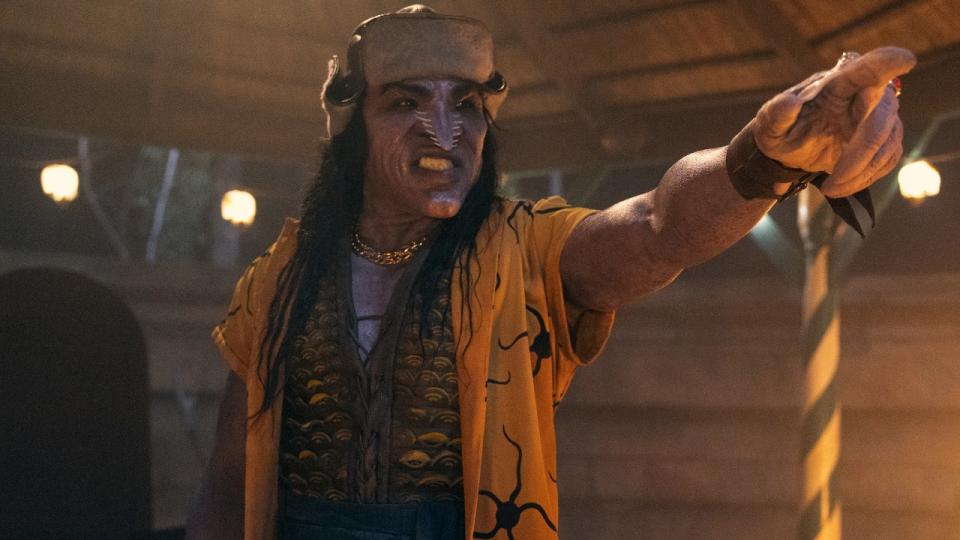
Arlong Comes To The Baratie
As we mentioned earlier, Don Krieg was the person Luffy and Sanji had to face at The Baratie in the anime. It seems as though Krieg was cut so that the series could give an earlier introduction to Arlong, who wouldn't have been much of a factor until the Straw Hats followed Nami to Cocoyasi Village. Bringing in Arlong earlier in the story gave some time for him to build as a big bad for Season 1 and make the fight between him and Luffy at the end of the season even bigger.
Both versions of One Piece are available to stream on Netflix right now. As a fan, I highly recommend watching both, or feel free to check out some of the other shows similar to One Piece on the platform.
